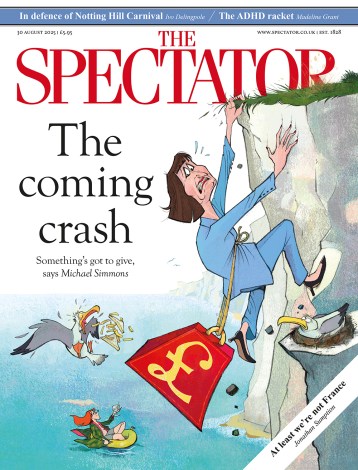Social outlaw
It’s the morning of 2 January as I write, and I’m gloomily contemplating my New Year’s resolutions. Actually, gloomily is hardly the mot juste. I’m having a complete jelly-livered panic attack about them. It’s our family custom to go to the Pilot Boat pub in Lyme Regis for lunch on New Year’s Eve, and to discuss the coming 12 months. It was at the Pilot Boat that we first decided to get a cat, and I now can’t imagine life without Nelson. He’s just greeted me on my solo return from Dorset with a combination of excitement, purring affection and just a suspicion of reproach in his eyes that moved
